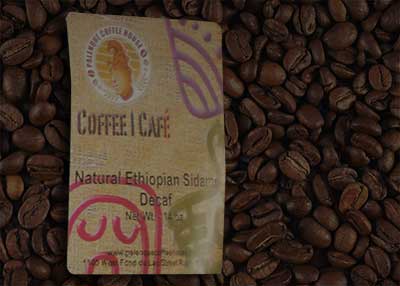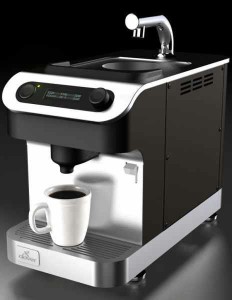Regions and Coffees of Note for Single Origin Coffees in South America: Brazil

What better place to start our examination of the single origin coffees of South America than in Brazil, the world’s largest producer of coffee?
Much of Brazil’s coffee is dry processed (which means unwashed; the beans are handled by inspection rather than by washing), which is similar to much of the dry processed beans of Africa.
So much has been written about Brazilian coffee that it could probably fill its own book. Here’s the condensed version, a list of coffees from Brazil you should keep your eyes peeled for:
Santos: Divided into two types of beans, Bourbon and Flat bean, Santos coffee is from where else but Santos? Santos is actually a port where the original coffee plants were imported into Brazil. Bourbon Santos comes from beans that are collected during the first four years of the plants’ growth. This kind of coffee is considered very high quality for espresso blends. This is considered to be of superior quality to that of Flat bean Santos, which is collected after the fourth year in the plant’s life.
- Bean description: The main distinction between the two types of Santos beans is when they are collected; Santos of a younger maturity is generally a better quality coffee. If you are served “Santos” coffee in the future, you will know that there is a difference between the beans simply because of age. This is considered by many as the premium Brazil coffee.
Cerrado: Like Bourbon Santos, Brazil Cerrado coffee is considered ideal for espresso blends, which means it has a lot of flavor potential if used the proper way – and espresso blending is indeed highly specific to each kind of coffee bean. The Cerrado growing region is actually quite dry (and vast), which makes for an ideal bean for this type of use.
- Bean description: The beans are not particularly anything out of the ordinary, which may help explain why they are often well-used for espresso than regular coffee: their flavor potential lies in pressure and heat and not just heat.
Mogiana: Like Cerrado, Mogiana is an entire region of coffee growing in Brazil; it lies along the Sao Paulo and Minas Gerais borders. There is a lot of very nutrient-rich, reddish soil here that makes for interesting coffee and a high yield.
- Bean description: It varies, but the nutrient-rich soil often makes for healthy, hearty beans that are ideal for multiple blends if the person drinking the coffee is not too picky.
Sul Minas: Like Mogiana, this is another large region of Brazil; some have called it the “heart” of Brazil’s coffee cultivation. There are a lot of hills here, which means higher elevations than much of the flatland across Brazil.
- Bean description: Higher altitudes means better Arabica beans, though this region isn’t particularly known for producing a higher quality of Arabica than anywhere else in the Western Hemisphere.





